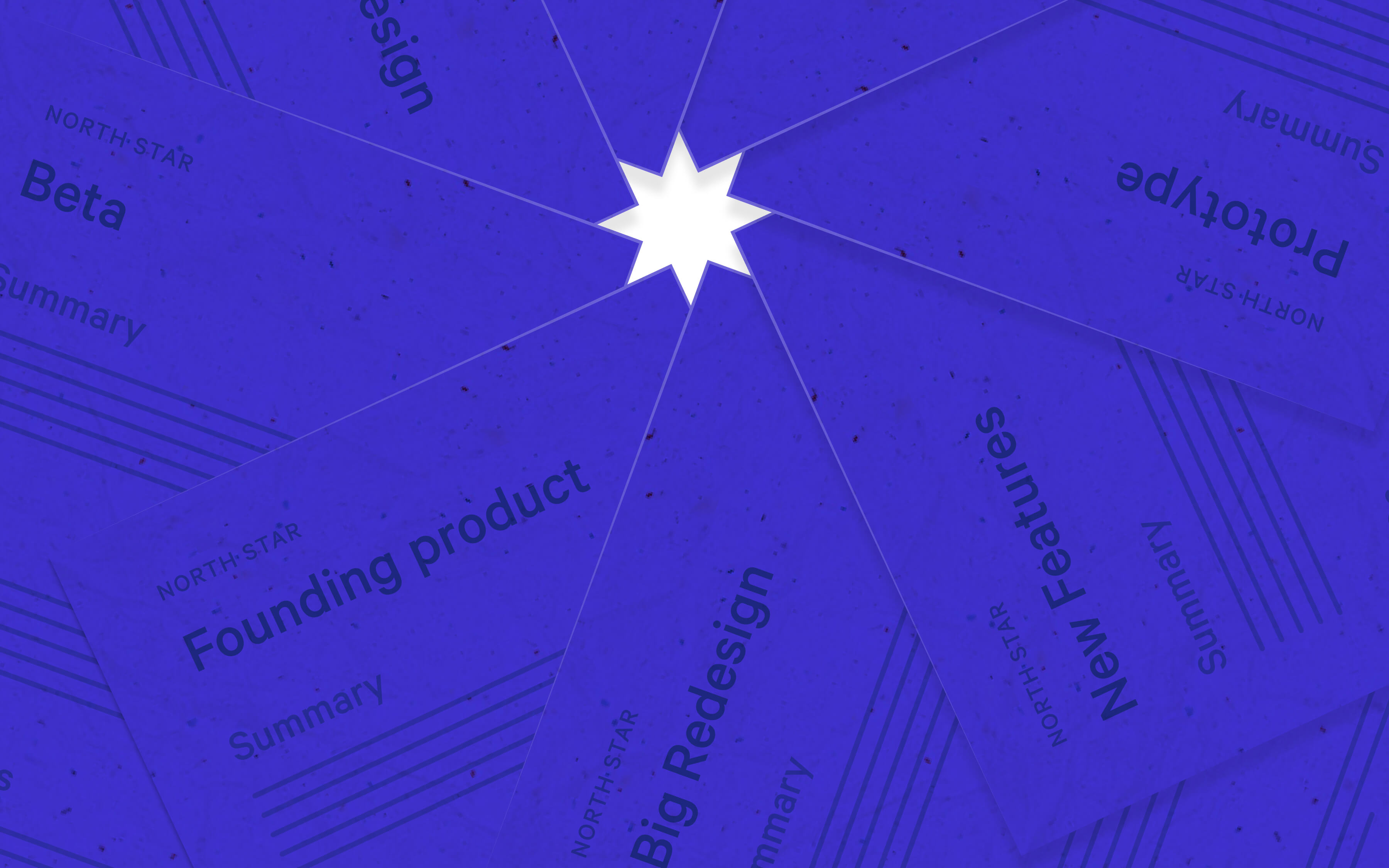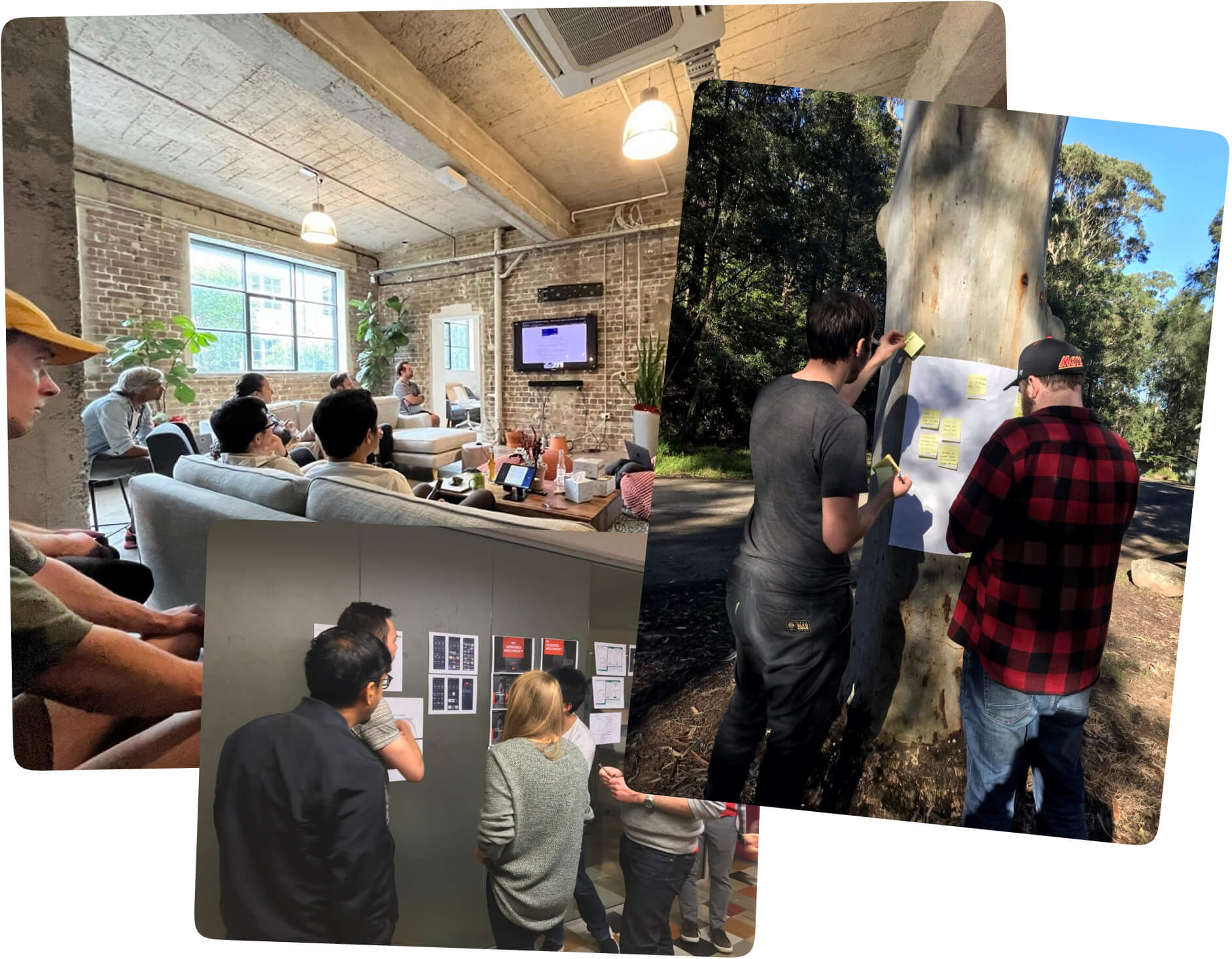
Every now and then, you discover a small but electrifying detail in how the greats practice their craft. Like Dali’s sleep routine, that allowed him to tap into his dreamlike creative state, or Anne Lamott’s Shitty First Drafts, for bypassing the urge to kneecap and edit every word as you write. A kernel of something brilliant you can use in your own craft. Nearly 10 years ago, I found this one on Christopher Nolan’s filmmaking practice:
In preparation for each film, he spends a week or two bashing out a little précis, on the same typewriter his father gave him when he was 21. Often that précis doesn’t even talk much about the plot; it’s supposed to represent the feeling he wants to elicit, the texture of the fable. He keeps it in a file and returns to it from time to time to make sure he hasn’t lost touch with his original idea.
Over the years since, I’ve found great value in writing a similar kind of “précis” for products and experiences. Articulating a clear feeling, from the customer’s perspective, that can be used as a touchstone throughout the project. These “Experience North Stars” aren’t a contract to be held to, but a way to start with a clear intention in the work.
I’ve written these as a design leader, and created it as a practice within design teams. For 0→1 products, new product pillars and new features. As a leader, it can be a great way to give direction in a way that’s less prescriptive (“we’re trying to create this feeling” vs “do this idea”). As an IC, it can help you get clarity on what you’re aiming for yourself, before you jump into ideas, and get lost in the tools. For both, it’s something to check in with, and work as a companion for the journey ahead.
Finding the right fidelity
Serving as the narrative bridge between strategy and concepts, the right format and fidelity can be challenging. Too long or philosophical, and they can be seen internally as indulgent (and ultimately restrictive) think pieces. Too short or plain, and they’ll fail to light a path of exploration ahead. You might be able to capture what the experience should feel like in a tweet, a short paragraph, or longer form narratives. Are we investing a month or a year into this work? With a team of two or twenty? What’s important is the Experience North Star is bright enough to light the length and challenge of the journey ahead.
A example from an Experience North Star I wrote for a new content automation product:
… importantly, it should feel empowering to people unfamiliar with the logic and the data. It should reward play, and feel easy to preview outcomes as I’m building. Users should be able to think in the tool, arriving unprepared, and feel confident in getting a good outcome quickly. They should be able to view someone else’s [automation], and understand how it works and what it will create, without it being explained to them.
Another, for a product that automates a suite of document verifications:
… it should feel reassuringly sophisticated, light to use, and feel transformative — a leap forward for customers, not just a small step forward in value.
These help paint a picture of what we’re trying to create, without saying how we’ll do it. Context also matters. While the first audience is our immediate collaborators, the second audience can often be the wider company. Even if it’s just a few sentences, the best Experience North Stars feel clear to people that aren’t embedded in the day to day context of the project. The clearer they are, the easier it is to foster aligned exploration, and meaningful iteration as a team.
Creating compelling Experience North Stars starts with a deliberate practice of using competitor and parallel products. Doing this helps us calibrate what is expected, what feels right, and create a stronger conviction of what we want to create. These should be strong opinions loosely held (prototypes really serve as the best crucible for interactive ideas), but having a clear opinion enables focus during initial exploration. To clarify what the differentiator should feel like, and where we need to invest our efforts in realising it.

During the work, Experience North Stars help provide framing context, when presenting concepts and in during demos, so people understand the broader ambition of the work. Also internally, as a gut check when you are playing with prototypes, or comparing paths forward. How close are we to our original intent? Do we need to revise it? Are we closer to delivering on this? Each checkin with the north star helps us hone what feels right, and improves the outcome for the work, the customer and the company.
Deliberate practice
Once the experience is in the hands of customers, I’ve found it useful to reflect on what changed between our intentions, and what we delivered. Where was our biggest blindspot? What did we learn? What made it hardest to deliver on? Reflecting on questions like this helps close gaps in our thinking, identify blindspots, and ultimately sharpen our intuition.
Experience North Stars aren’t a silver bullet to the myriad challenges in creating great products. Only through deliberate practice like this can we improve our chance of creating them, and improve the quality of experience we can deliver to customers. Like any practice, each rep makes the next easier, and in time helps us better navigate the unknown.